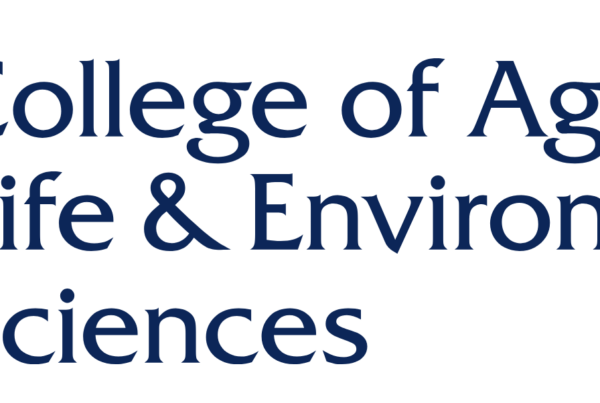Effectiveness of water-saving techniques on growth performance of Mango (Mangifera Indica L.) Seedlings in Mihitsab-Azmati Watershed, Rama Area, Northern Ethiopia
Abstract
Even though mango productivity in Ethiopia is low due to moisture stress, there is no report on how such constraint could alleviate using Cocoon water-saving technology. Cocoon is small water reservoir technology which uses for plant growth in dry season. The objectives of this study were to introduce and evaluate effectiveness of water-saving techniques on mango seedlings survival and growth in Mihitsab-Azmati watershed, northern Ethiopia. In this experiment, five treatments of water-saving techniques with mango seedlings were evaluated. These were: Cocoon sprayed by tricel (T1), Cocoon painted by used engine oil (T2), Cocoon without tricel and oil (T3), manually irrigated seedlings (T4) and mango seedlings planted during rainy season (T5). The survival and growth performance of mango seedlings were recorded at six months and one-year after transplanting. Data on plant survival, height, number of leaves per plant, shoot length, stem diameter and crown width were subjected to analysis of variance and t-test. There were significant differences in the treatment effects on mango seedlings transplanted survival, plant height, number of leaves per plant, shoot length, stem diameter and crown width measured at six months and one-year after transplanting. The lowest survival rate (20 %) was found during both data collection time in T5. Six months after transplanting, the highest growth parameters were measured from T1 whereas the lowest was from T5. However, one-year after transplanting, the highest growth parameters were measured from T3. Plant heights increments between the two measurement periods for T3, T2, T1, T4 and T5 were 45.1, 38.5, 24.8, 9.8 and 7.0 cm, respectively; indicating that T3 performed better than the other treatments. The t-test on mean differences between the same growth parameter measured at 12 and six months after transplanting also showed significant differences. The Cocoon water-saving technology was superior in improving mango seedlings survival and growth in the study area. This study generalized that Cocoon seems promising, sustainable and highly scalable with mango seedlings at large-scale in the study area conditions. However, this technology should not be assumed to perform uniformly well in all environmental conditions and with all tree species before demonstrated on a pilot study.
Publication Agricultural Water Management Journal, Elsevier
Citation Petros, W., Tesfahunegn, G. B., Berihu, M., & Meinderts, J. (2021). Effectiveness of water-saving techniques on growth performance of mango (Mangifera indica L.) seedlings in Mihitsab-Azmati watershed, Rama Area, northern Ethiopia. Agricultural Water Management, 243, 106476.
URL https://www.sciencedirect.com/science/article/pii/S0378377420308891
Date January 2021






